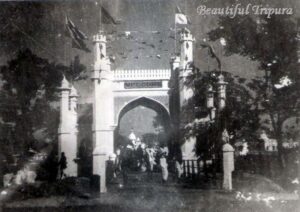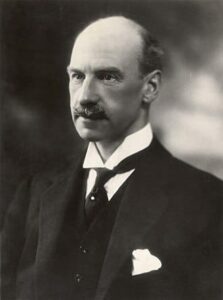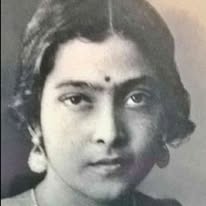Jackson Gate and the Story of an Untamed Firebrand
Most residents of Agartala know of a place called Jackson Gate — right in the heart of the city, opposite Tulsibati School. But many from the younger generation have never seen the structure itself. It was demolished in the early 1980s, in the name of road expansion.
With it disappeared not just a remarkable piece of architecture, but also an entire chapter of forgotten history.
The announcement of Chief Minister Dr Manik Saha that it will be rebuilt thus quite naturally was hailed by all who value the heritage and history.

Here is one piece of history that in a way relates to Jackson Gate.
Sir Francis Stanley Jackson was once a renowned cricketer for the England team. As captain of the Cambridge University side, he had been the one to bring Ranjitsinhji into the team. He later served as the Governor of Bengal from 1927 to 1932, receiving a knighthood during this period.

When Sir Stanley Jackson visited Agartala in 1927, during the reign of Maharaja Bir Bikram Manikya Bahadur, a ceremonial gateway was erected to welcome him. Though it resembled the iconic “Uttor Gate,” its design was distinct. Those who had seen the structure described it as extraordinarily beautiful — now gone forever.
But the story does not end there.
On February 6, 1932, while Governor Jackson was delivering a convocation address at the University of Calcutta, a young, frail-looking revolutionary named Bina Das quietly walked up to the stage and fired at him from close range. She fired two shots first, then two more. Jackson — a former sportsman with sharp reflexes — ducked the moment he heard the first shots, and the bullets missed him.
Vice-Chancellor Hassan Suhrawardy, himself a former military man (not to be confused with politician Huseyn Shaheed Suhrawardy), managed to seize her. Even then, Bina fired two more shots — both narrowly missing the governor, though one grazed his ear.
She was arrested, tried, and her words were reported on February 15, 1932, in the Reading Eagle, a newspaper published from Pennsylvania. Her statement carried the raw fire of a young revolutionary spirit:
“I fired on the governor, impelled by love for my country, which is repressed.
I sought only a way to death by offering myself at my country’s feet and thus end my suffering.
I invite the attention of all to the situation created by the measures of the government.
I can assure all that I have no personal feeling against the governor. As a man he is as good as my father, but as governor of Bengal he represents a system which has kept enslaved 300,000,000 men and women of my country.”
Her words echo the courage of Bhagat Singh.
A student of St. John’s Diocesan Girls’ School, Bina Das was sentenced to nine years of rigorous imprisonment. Even her graduation certificate was withheld — only issued to her in 2013, eighty years after the incident, long after her death.
Sir Stanley Jackson himself died in a road accident on March 9, 1947.
After her release from prison, Bina Das continued to remain deeply involved in the freedom struggle. She joined the Congress, participated in the Quit India Movement, and was imprisoned again for three years. She married fellow revolutionary Jyotish Chandra Bhowmick in 1947. She served as a member of the Bengal Provincial Legislative Assembly (1946–47) and later the West Bengal Legislative Assembly (1947–51).
She wrote two autobiographical works — Shrinkhal Jhankar and Pitridhan.
The Government of India awarded her the Padma Shri in 1960 — though only for “social work.”
In later years, Bina Das and her husband slipped into poverty and moved to Rishikesh. She refused any government assistance, believing her sacrifices were solely for the motherland. After her husband’s death, she lived in complete isolation.
And how did this firebrand daughter of Bengal die?
On 26 December 1986, Bina Das — homeless, starving, unrecognised — died by the roadside in Rishikesh. Her decomposed body was recovered and cremated by the administration, with none knowing who she truly was.

Her entire family had been deeply involved in the freedom movement. Born on August 24, 1911, Bina Das was the daughter of Beni Madhab Das, a teacher at Ravenshaw College, whose student had been none other than Netaji Subhas Chandra Bose. Her elder sister Kalyani was also a revolutionary, and her mother Sarala Devi was active in social work.
And yet, like so many chapters of India’s past, her story faded into oblivion — forgotten by the very people whose future was shaped by sacrifices like hers.
| Also Read: The Forgotten Tail: The Vanished Plane Wreck from MBB College |
| Also Read: Wings of Tragedy: The Forgotten Plane Crashes in Agartala Airport |
